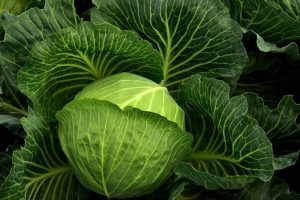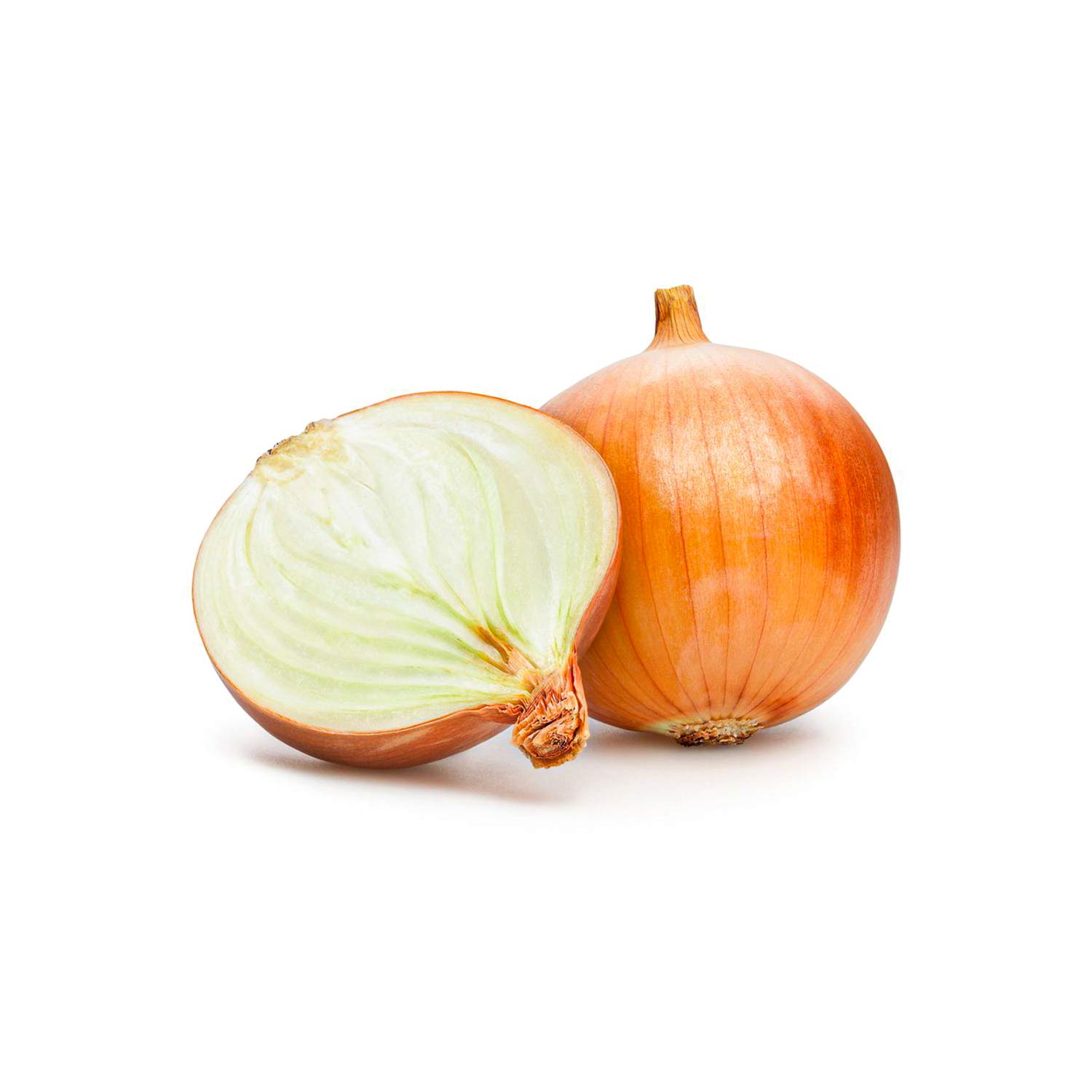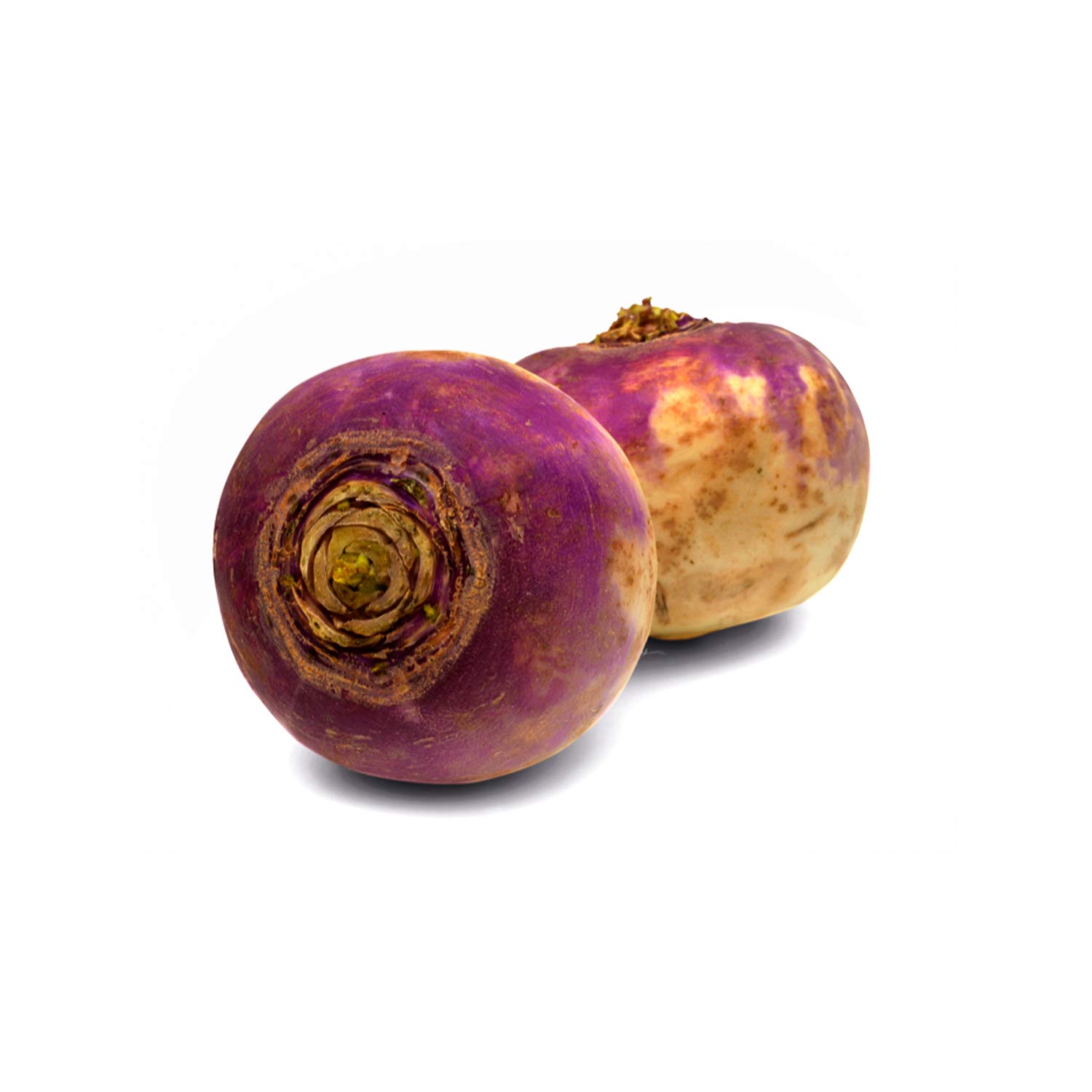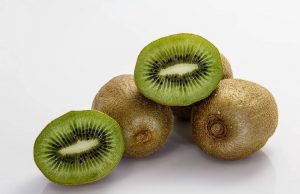A Smart Buyer’s Guide
Exporting fresh vegetables can be highly profitable—if you buy smart. Securing the best price for fresh vegetables while maintaining quality is crucial for successful international trade. Whether you are an importer, distributor, or wholesale buyer, this guide will help you source vegetables at the right cost, from the right suppliers.


Why Price Matters in the Vegetable Export Market
The global vegetable market is competitive. As demand continues to grow, especially in health-conscious markets like the EU and the Middle East, getting fresh produce at the right price helps you stay ahead.
1. Balancing Cost and Quality
Buyers often assume that lower cost means lower quality. However, this isn’t always true. In many cases, exporters from Asia, Africa, and South America offer premium vegetables at competitive prices due to lower labor and logistics costs. Therefore, understanding price dynamics can help you make smart, informed decisions.
2. Influencing Factors in Vegetable Pricing
Several factors influence the price of export-quality vegetables:
Seasonality: Prices fluctuate depending on the harvest season.
Logistics: Transportation and cold chain costs impact final pricing.
Volume: Larger orders often get discounted rates.
Certifications: Organic or GlobalG.A.P.-certified produce may carry a premium, but it adds value.
By evaluating all these elements, you can negotiate better deals and build long-term supplier relationships.
How to Find the Best Export Price for Fresh Vegetables
To secure competitive prices, you need to go beyond simply comparing quotes. Instead, consider supplier reliability, packaging standards, and logistic support.
1. Choose Suppliers in High-Yield Regions
Countries like India, China, Vietnam, and Egypt offer strong price advantages due to their massive production volumes. For example, India supplies okra, eggplants, and green chilies at some of the lowest global prices. In addition, countries like Vietnam and Thailand are known for a consistent supply and favorable trade policies.
2. Negotiate Directly with Exporters
Working with exporters—not middlemen—often results in better pricing. Moreover, direct communication ensures transparency and helps build trust. If possible, visit farms or attend trade fairs like Fruit Logistica or Asia Fruit Log to meet verified exporters face-to-face.
3. Buy in Bulk and Plan Seasonally
Volume purchases can significantly reduce per-unit cost. Therefore, plan orders based on crop calendars to buy during peak seasons when prices are lower. Additionally, aligning your logistics partner early helps avoid last-minute freight surcharges.
Conclusion
Finding the best price for fresh vegetables for export is not just about comparing numbers—it’s about choosing the right regions, understanding market trends, and working directly with certified exporters. By focusing on long-term relationships and seasonal strategies, you can consistently source high-quality produce at the most competitive rates. In today’s fast-moving market, this pricing advantage gives you a critical edge.
https://iranfreshfruit.net/how-to-export-fresh-vegetables





